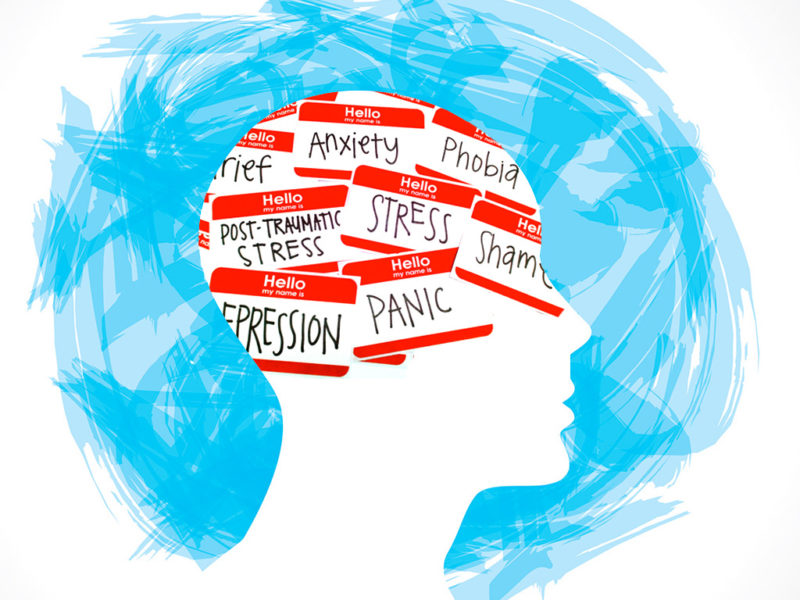
By Dr. Alan Abrams, MD, JD and Aleida K. Wahn, JD
Mental illness, even severe mental illness is diverse. Otherwise sophisticated Supreme Court opinions have regularly promulgated a very one-dimensional view of mental illness — you have it or you don’t. Finally, in 2008, Justice Beyer astutely noted in Indiana v. Edwards: “Mental illness itself is not a unitary concept. It varies in degree. It can vary over time. It interferes with an individual’s functioning at different times in different ways.” The attorney’s ability to assess the severity of their client’s impairment is the most essential part of working with clients with mental health issues, along with rating the three issues of boundaries, trust and realistic communication.
Many forms of severe mental illness are characterized by denial and the construction of facades and personas to hide the realities. Something I have always found very helpful is to ask my patients to write a detailed autobiography for me. Writing taps into different brain storage than speech, so there is always new material and real data to work with. Make sure your client labels it as attorney client communication, especially if they are incarcerated. You need to know how accurate, distorted or dishonest your client’s narrative accounts may be. You want to anticipate how much extra effort you will have to put in to create some level of trust, whether that will even be possible, and how to create appropriate boundaries.
Improving communication with clients with mental illness greatly depends on the severity of the distortions of reality, and the degree to which your client has had communications that were not mainly centered on life’s basics for survival. Clients with less disabling mental illness often make inaccurate assumptions about the nature of their relationships. You can address those assumptions early on to set the boundaries and establish the tone for your work with them. It never hurts to be plain spoken, e.g., “I’ve rarely seen a client benefit from taking on the role of the victim. Try thinking about being lucky enough to have survived. In my experience that is a better way to live.” Talking about the obvious current stress the client is under can allow some pushing for better boundaries, honesty and openness by attributing the negatives to current stress. With more severe distortions and denial, talking about getting support from a professional may be the road to better communications. Competency questions arise with clients who can’t establish boundaries, who confuse trust with exploitation, or who cannot engage in basic communication.
Rather than trying to memorize the Diagnostic and Statistical Manual (DSM), some intuitive introspection and evaluation of data will go a long way in determining which clients have significant mental illness. With some clients, the realities are too obvious — incoherent speech about the secret agents, or the microchips, or their fifth DUI. But so many other forms of mental illness and emotional suffering are more subtle. Once you have the information underlying the legal action, the autobiography, your client’s early behavior with you, and your gut instincts, there is plenty of data to make a good assessment of whether there will be a predominance of honest, accurate communication, respect for boundaries, and mutual trust and respect.
You can then begin to set your agenda for which “red flags” you will try to deal with yourself and when the “red flags” will give you a sense that things will not resolve and that a mental health professional may be needed. It doesn’t have to involve an assessment of the client. A talk with a friend in mental health about what you experience with the client can help. Often the advice though is “let me take a look.” Preparation of your client will then be needed to make the process less threatening and intrusive. Every reason can be expressed as a measure of your concern. So even the client who calls 10 times a day to berate you for being lazy, is more likely to be less rejecting when you tell him that you have asked for a meeting with a mental health clinician, “because I am concerned that you are having such a difficult time trusting me. Maybe the doctor can give both of us suggestions how to do better.”
The specifics of all the varieties of mental disorders intersecting with all the varieties of legal cases can be overwhelming, but you are not responsible for either a diagnosis or cure. Fortunately, the bottom line isn’t that complex:
1. How do you rate the three basics with this client — boundaries, trust and realistic communications (i.e., not denial and delusion)?
2.Don’t ignore all the red flags.
3.Understand that mental illness is rarely under a person’s ability to change by individual will power or “making better choices.”
Overall, understanding that regardless of how the lawsuit is resolved, the client has a real need for effective treatment to have any chance at a better future.
Dr. Alan Abrams is an MD and JD. He has a private psychiatry practice and is a retained and court-appointed expert in criminal and civil matters.
Aleida K. Wahn is an attorney and award-winning true crime writer. You may contact her through her website at www.aleidalaw.com
This article was originally published in the Sep/Oct 2018 issue of San Diego Lawyer.